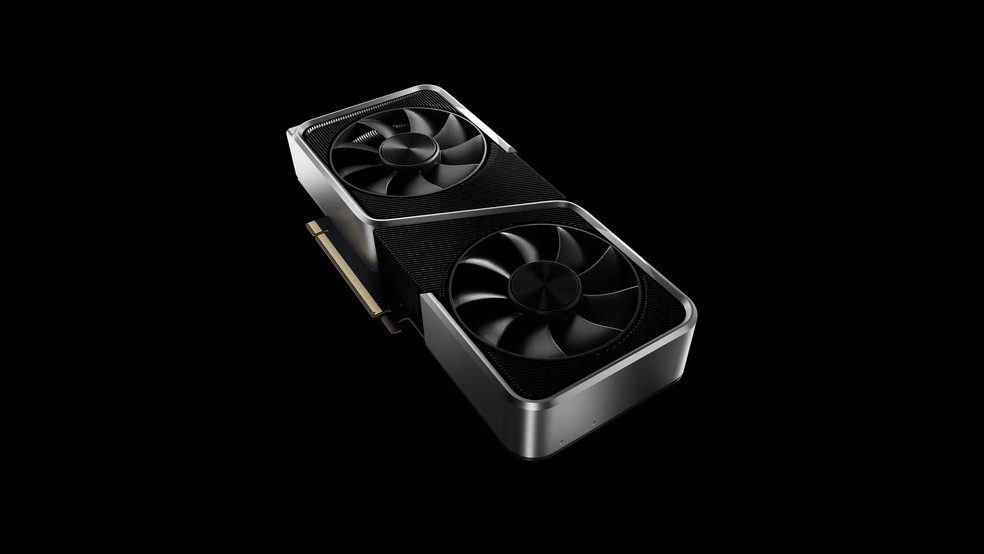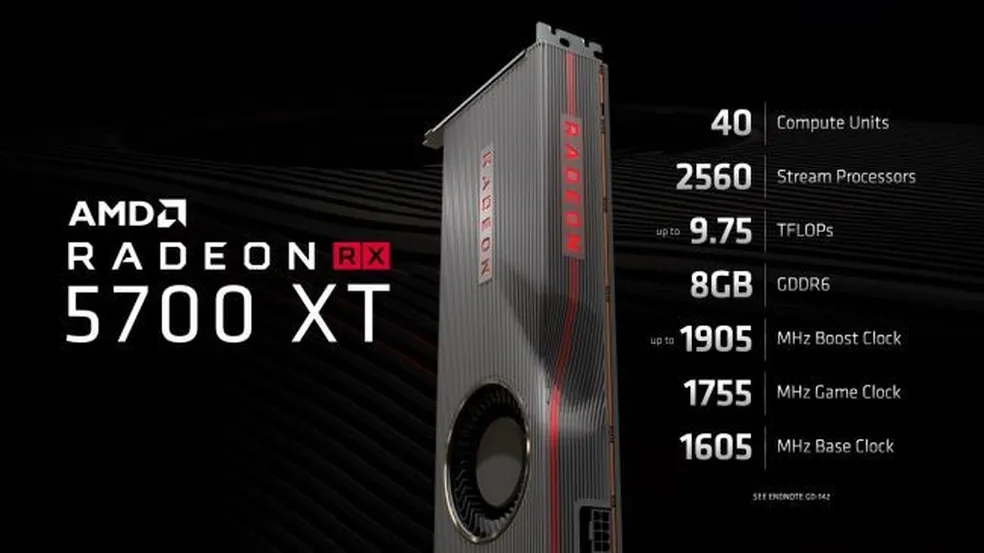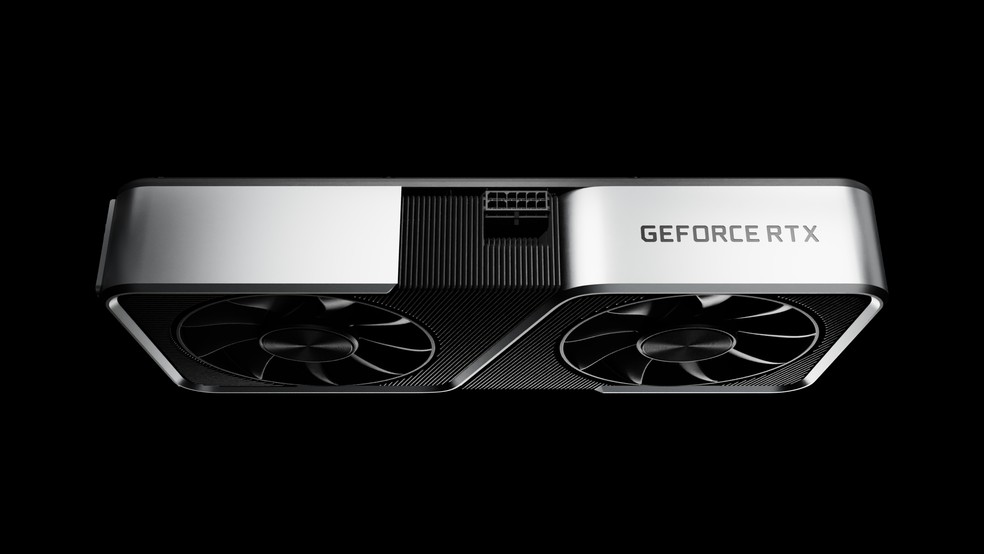RX 5700 XT and RTX 3060 are two video cards from AMD and Nvidia, respectively. Launched in 2019 and 2021, the GPUs are mid-range segment options and appear in the market for values starting at $349. The models feature at least 8 GB of GDDR6 memory and promise to deliver a good level of textures in games, in addition to high frame rates.
The cards still guarantee visual quality improved by features such as FSR, in the case of AMD, and DLSS, in the case of Nvidia, which also offers support for Ray Tracing. Below, Techidence presents a comparison between RX 5700 XT and RTX 3060.
RX 5700 XT vs RTX 3060
| RX 5700 XT | RTX 3060 | |
|---|---|---|
| Launch | July 2019 | February 2021 |
| Current price | $349 | $359 |
| Clock base/boost | 1,755 / 1,905 MHz | 1,320 / 1,780 MHz |
| Memory | 8 GB GDDR6 | 8 or 12 GB GDDR6 |
| Memory interface | 256 bits | 128 bits (8 GB) / 192 bits (12 GB) |
| Ray-Tracing | No | Yes |
| Connections | DisplayPort 1.4, HDMI | HDMI, DisplayPort |
| Board power | 225 W | 170 W |
| Recommended source | 600 W | 550 W |
| Complementary energy | 1x 8-pin connector + 1x 6-pin connector | 1x 8-pin connector |
Specifications

The RTX 3060 comes in two versions, one with 8 GB with a 128-bit interface and the other with 12 GB of VRAM with a 192-bit interface, both in GDDR6 standard. AMD’s card also uses GDDR6 memory, having 8 GB volume and a 256-bit interface.
In the clock, the RX 5700 XT delivers higher values, being able to reach up to 1,905 MHz in boost mode, against only 1,780 MHz from Nvidia’s card. AMD’s GPU also has a higher TDP, with 55 W more than the RTX 3060.
Performance
Data from specialized benchmarking sites indicate that the performance of the cards tends to be very similar. When there is a difference in performance on one side, it is no more than 2%.
The tests also indicate that at higher resolutions, the RTX 3060 tends to have a more stable performance. This may be a plus for those considering adding the Nvidia card to a setup where a UHD monitor will be used.
Consumption

The Nvidia card also tends to have lower power consumption. It is 170 W versus 225 W for AMD’s model. In addition, the RTX 3060 requires a less powerful 550 W power supply, while the RX 5700 XT requires a 600 W PSU. But this, of course, is also because Nvidia’s GPU has lower clocks.
The high TDP of the RX 5700 XT, as well as the requirement for a power supply, can be justified by the frequencies that exceed 1900 MHz on AMD’s card. Thus, for those who prioritize efficiency, the Nvidia model might be more interesting, since the performance of the cards tends to be very similar, according to benchmark tests.
Features
Both cards offer virtual reality support and are compatible with the latest APIs, such as DirectX 12 and Vulkan. On the AMD card, you can also use FSR, which improves the performance of the cards in compatible software and makes the frame rates more stable without compromising the game graphics.
Nvidia’s card has Ray Tracing support, a feature that improves lighting in games and compatible software to bring more realism to the scenes. The card is also one of the models with support for Nvidia DLSS, which, through deep learning, performs a kind of upscaling of lower resolutions.

Price and availability
The RTX 3060 has a larger offer in the market, being possible to find it in the 8 GB version starting at $300. The 12 GB version can be seen in offers from $359, an interesting value for those who want to explore higher resolutions with a new GPU.
The RX 5700 XT can be found in the market for $349 and up. However, besides not being so easy to find the GPU online, on many sites it appears only through importation.
Cost-effective
The RTX 3060 seems to be the best choice in our comparison, especially when we consider that the 12 GB model doesn’t have such a big price difference compared to the 8 GB one in the market.
Nvidia’s cards offer support for Ray Tracing, which is a technology that has become a trend for the future of the industry, as well as compatibility with features such as Nvidia Broadcast and DLSS. This last feature is also responsible for improving GPU performance and even extending the GPU’s lifespan.
This post may contain affiliate links, which means that I may receive a commission if you make a purchase using these links. As an Amazon Associate, I earn from qualifying purchases.

